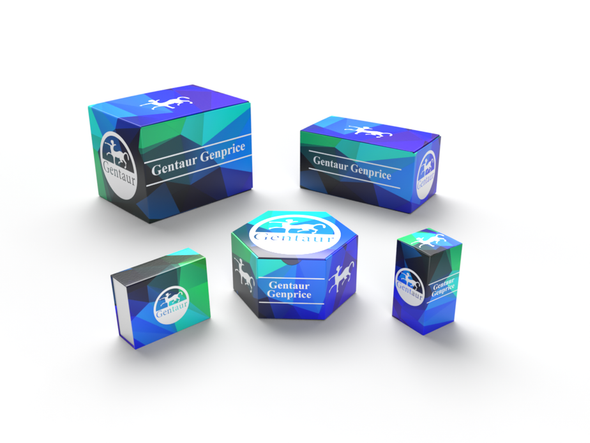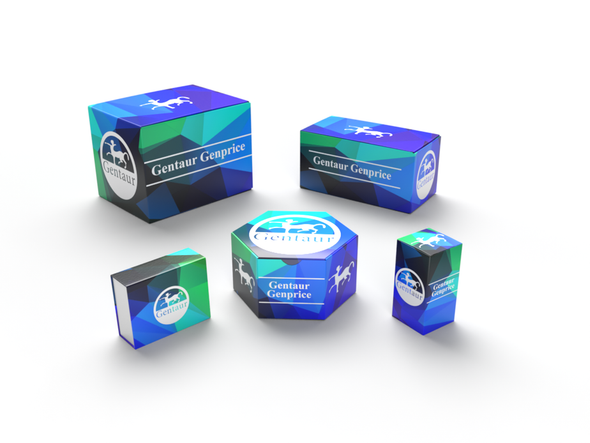BW
PRAS40 (phospho-T246) polyclonal Antibody | BS4288
- SKU:
- BW-BS4288
- Availability:
- Usually ships in 5 working days
Description
PRAS40 (phospho-T246) polyclonal Antibody | BS4288 | Gentaur UK, US & Europe Distribution
Host: Rabbit
Reactivity: Human,Mouse,Rat
Application: WB
Application Range: WB: 1:500~1:1000
Background: Akt, also known as protein kinase B, is one of the major downstream targets of the phosphatidylinositol 3-kinase pathway. This protein kinase has been implicated in insulin signaling, stimulation of cellular growth, inhibition of apoptosis and transformation of cells. The proline-rich Akt substrate PRAS40, also designated AKT1S1, becomes phosphorylated by activated Akt on Ser or Thr residues in the motif RXRXX (S/T) . Phosphorylated PRAS40 subsequently binds 14-3-3 in a sequence-specific manner, thereby inducing such changes as alteration of protein subcellular localization and regulation of intrinsic enzymatic activity. Studies also suggest that PRAS40 phosphorylation and its interaction with pAkt and 14-3-3 may play an important role in neuroprotection mediated by NGF in apoptotic neuronal cell death after cerebral ischemia. PRAS40 maps to human chromosome 19q13.33.
Storage & Stability: Store at 4°C short term. Aliquot and store at -20°C long term. Avoid freeze-thaw cycles.
Specificity: p-PRAS40 (T246) polyclonal Antibody detects endogenous levels of PRAS40 only when phosphorylated at Thr246.
Molecular Weight: ~ 40 kDa
Note: For research use only, not for use in diagnostic procedure.
Alternative Names: Proline-rich AKT1 substrate 1; 40 kDa proline-rich AKT substrate; AKT1S1; PRAS40
Immunogen: Synthetic phosphopeptide derived from human PRAS40 around the phosphorylation site of Threonine 246.
Conjugate: Unconjugated
Modification: Phosphorylation
Purification & Purity: The Antibody was affinity-purified from rabbit antiserum by affinity-chromatography using epitope-specific immunogen and the purity is > 95% (by SDS-PAGE) .
Pathway: Insulin &Glucose Signaling,






